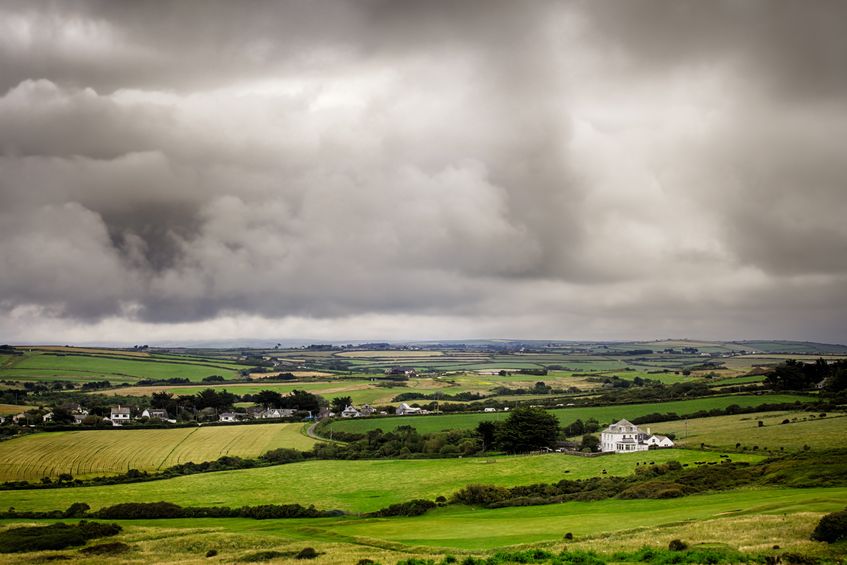
The decline in farmland values slowed during 2017, with average values showing a year-on-year fall of 2% compared with an 6% drop between 2015 and 2016.
According to analysis by property and land specialists Strutt & Parker, figures show the average price of arable land in England was £9,300/acre in 2017, slightly below 2016’s average of £9,500/acre.
Strutt & Parker’s head of farm agency Mark McAndrew said farmland prices proved "remarkably resilient" in 2017.
He said it defied those commentators who predicted sharp falls in the immediate aftermath of the referendum result.
“While the uncertainty surrounding Brexit has taken some of the heat out of the market, the average value of arable land actually climbed during the last two quarters of 2017,” Mr McAndrew said.
“However, we continue to see a wide range in prices paid – from a high of £16,500/acre for arable land to a low of £6,000/acre. The amount of land selling for more than £10,000/acre also dropped to less than a third in 2017, compared to nearly 50% three years ago.”
'Tighter supplies'
Mr McAndrew said that tighter supplies had helped to support average values.
He added: “But it is demand that is really driving the market, with the highest prices being achieved in those areas which attract interest from non-farmers, who are buying for lifestyle, investment and tax reasons.
“There are an increasing number of farmers looking to roll-over development money into a land purchase which is driving competition.”
The strength of local interest can have a dramatic impact on the price paid for very similar properties.
One block of Grade 3 arable land in Hampshire recently sold for £14,000/acre, but another just five miles away, of a similar size and quality, went for £8,000/acre.
Overall, the average annual price of arable land has fallen by about 8% since the very peak of the market in 2015.
'Highly variable'
In the short-term, Mr McAndrew said he expected the price paid for individual farms to remain "highly variable".
But, he said average values are likely to remain broadly stable, assuming there are no adverse changes to the tax treatment of land or the UK ends up with a ‘harder’ agricultural Brexit than expected.
Strutt & Parker is forecasting there could be a return to growth in capital values over the medium term due to continued restricted supply and increased demand from rollover buyers.
Each December the business works with independent economic consultants Volterra to produce forecasts for how farmland prices might change over the next five years. The forecasts are based on Auto-Regressive Integrated Moving Average (ARIMA) models of the market since 1997.
'Strengthening'
“While farmer-demand weakened in 2016 and 2017, there are signs of it strengthening,” said Mr McAndrew.
“There is strong demand from rollover buyers and some farmers are still interested in buying as farm incomes have been buoyed by higher commodity prices due to the weakening of Sterling.
“There is also some medium-term certainty around support payments following DEFRA secretary Michael Gove’s recent announcement that area-based payments will continue in some form under the new British Agricultural Policy until around 2024.
“Interest from lifestyle buyers will continue to boost demand in some areas.”
